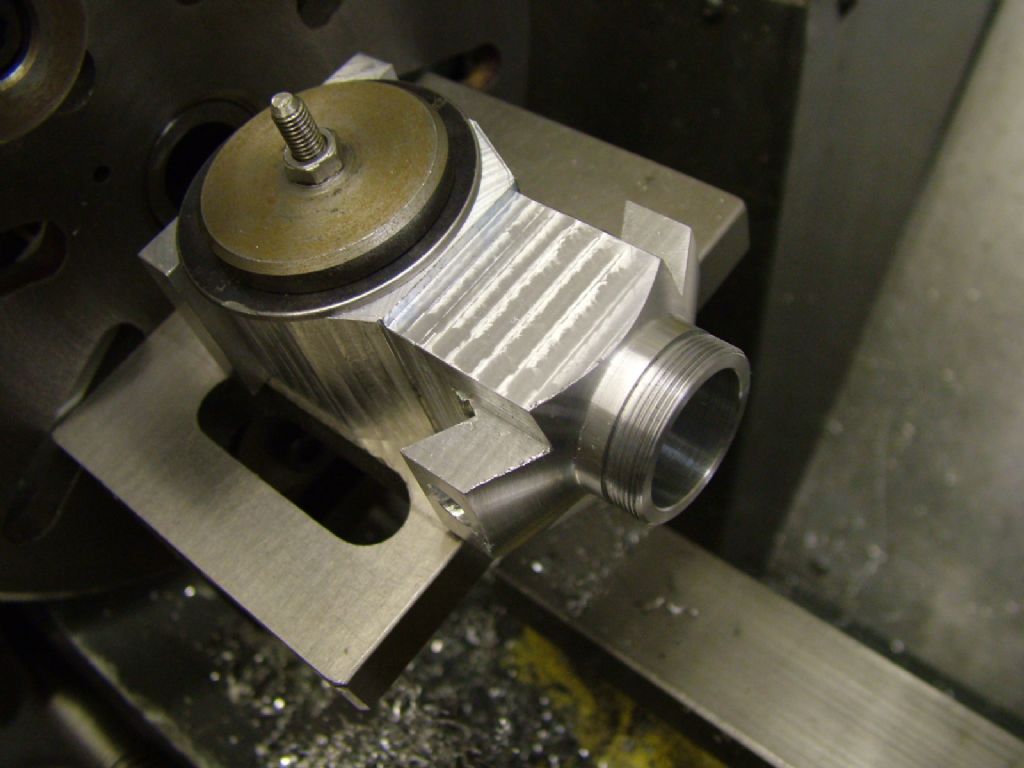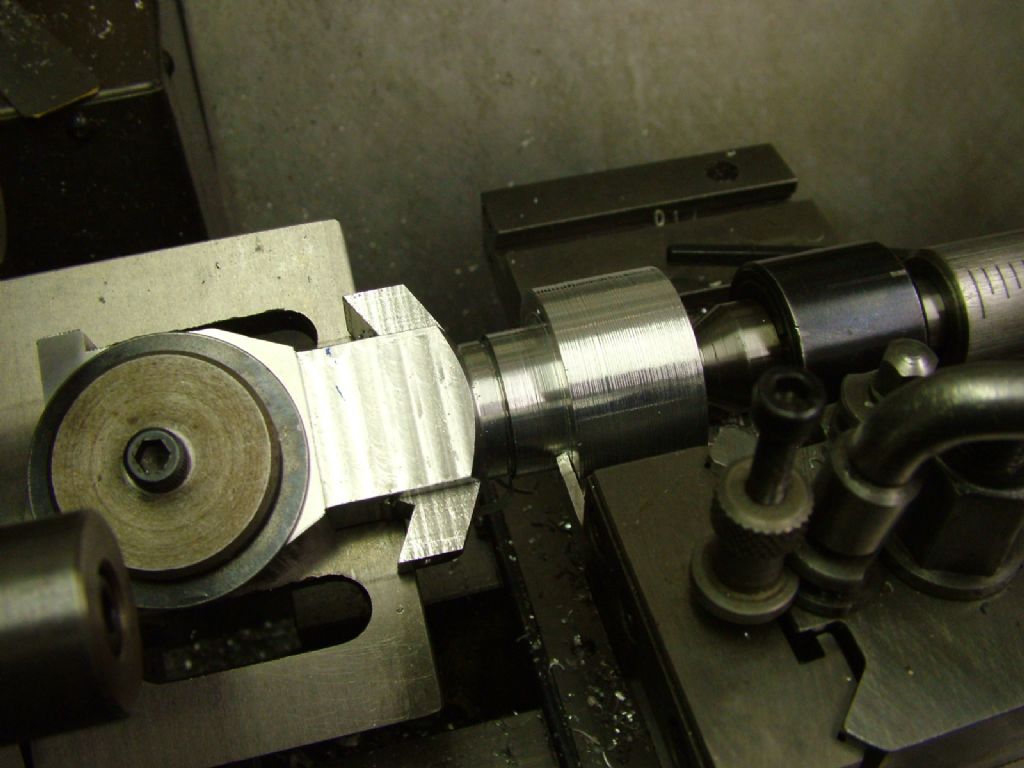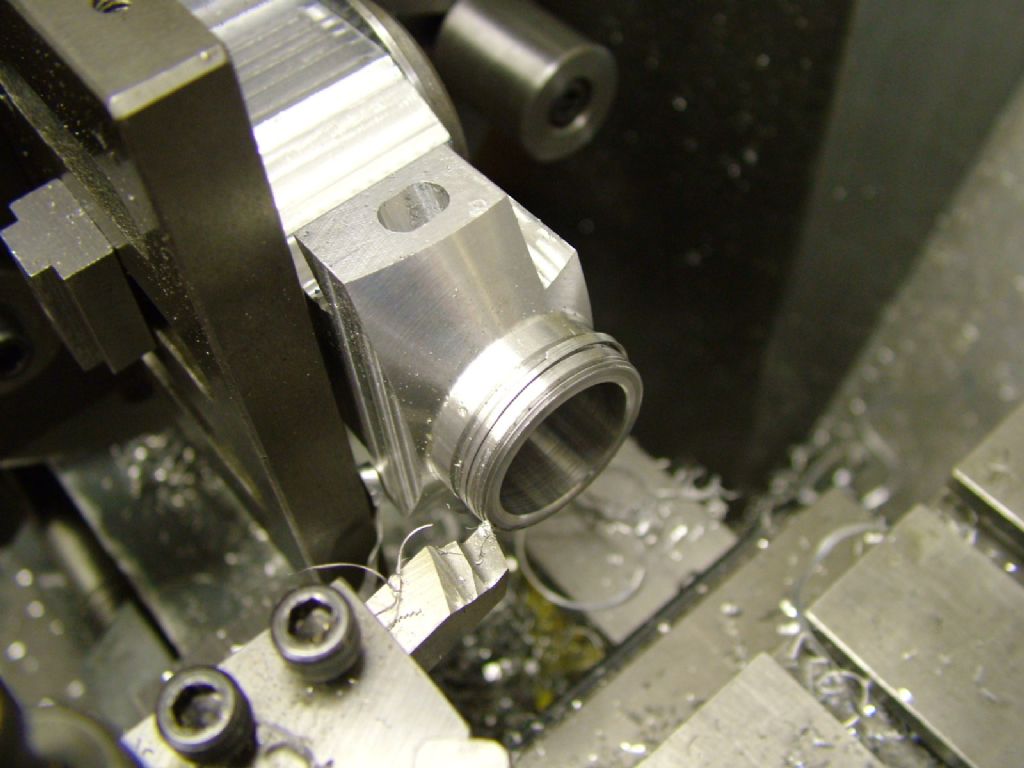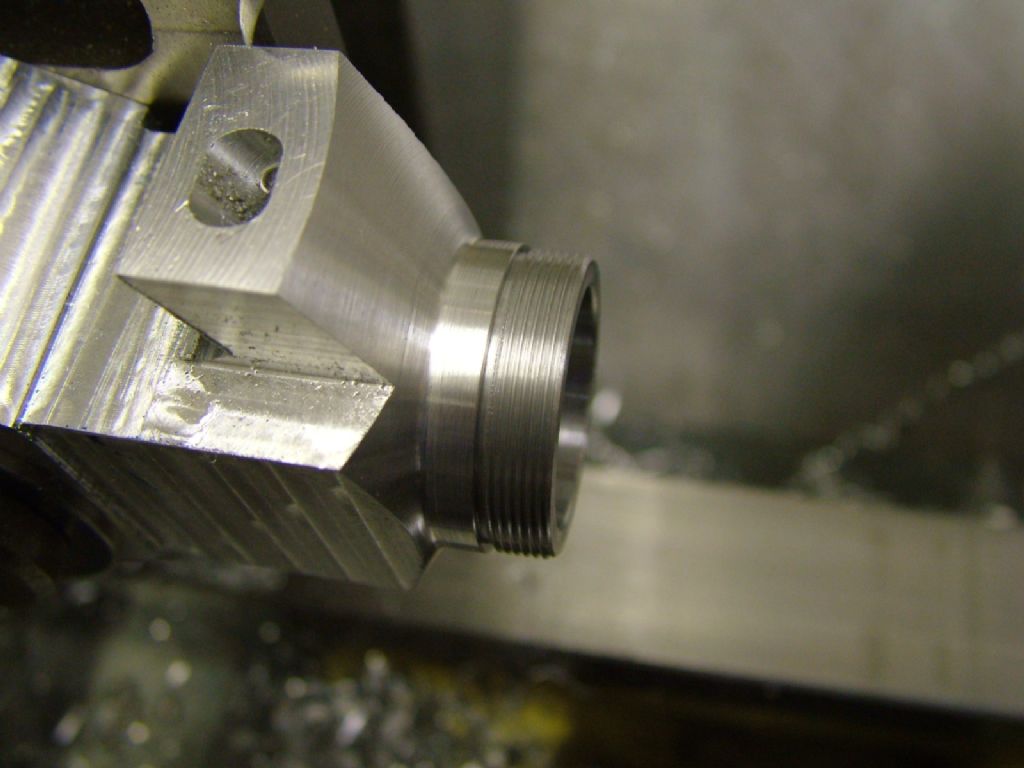A puzzle and small disaster
A puzzle and small disaster
- This topic has 34 replies, 16 voices, and was last updated 9 February 2022 at 20:51 by
James Hall 3.
- Please log in to reply to this topic. Registering is free and easy using the links on the menu at the top of this page.
Latest Replies
Viewing 25 topics - 1 through 25 (of 25 total)
-
- Topic
- Voices
- Last Post
Viewing 25 topics - 1 through 25 (of 25 total)
Latest Issue
Newsletter Sign-up
Latest Replies
- milling chuck
- Bridgeport ways and wear
- How to balance a cup grinding wheel
- Isle of Man hobby engineer!
- Boiler Design – issue 4765
- “Your Sketch Is Not Closed,” says Alibre Atom, “So tough!”HERE?ERE?
- smokeless cutting oil
- Trilever lathe
- 2 New Atom ??s: Changing Parts and Lost Planes,
- Amadeal lathes – Any good??









